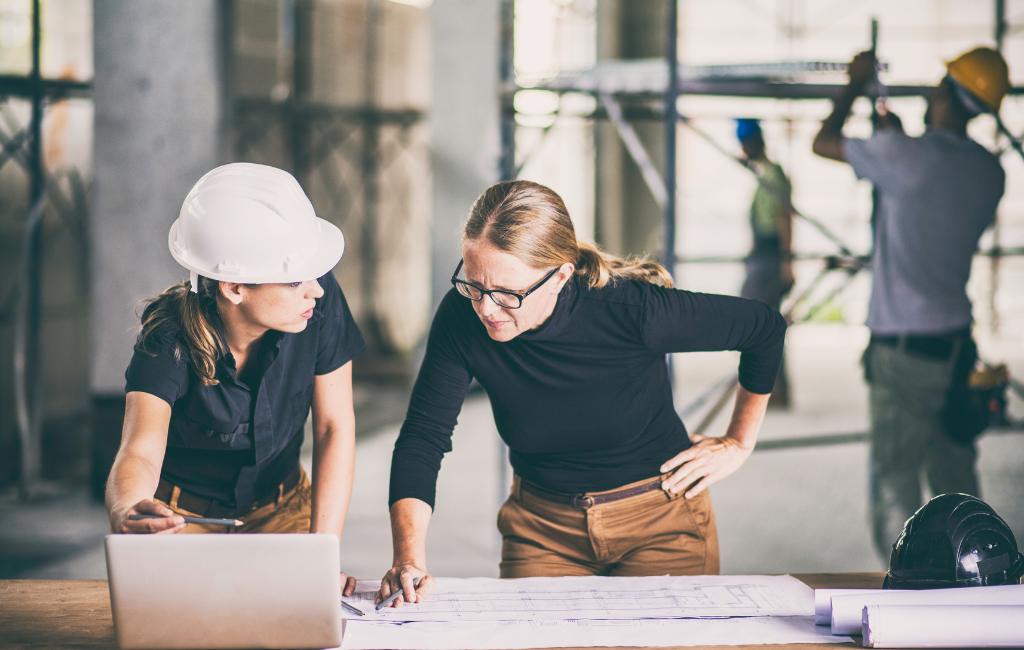
Sustainable Design Architect Role
-
Table of Contents
- The Architect’s Role in Sustainable Design
- Understanding Sustainable Design
- Key Principles of Sustainable Design
- The Architect’s Responsibilities
- Site Selection and Analysis
- Material Selection
- Energy Efficiency
- Water Conservation
- Case Studies in Sustainable Design
- One Central Park, Sydney
- Masdar City, Abu Dhabi
- Statistics on Sustainable Design
- Challenges and Opportunities
- Cost Implications
- Regulatory Hurdles
- Technological Advancements
- Conclusion
Sustainable Design Architect Role
In an era where environmental concerns are at the forefront, the role of architects in sustainable design has never been more significant. Architects are not just creators of aesthetically pleasing structures; they are pivotal in shaping a sustainable future. This article explores the multifaceted responsibilities of architects in promoting sustainability, supported by examples, case studies, and statistics.
Understanding Sustainable Design
Sustainable design refers to the philosophy of designing physical objects, the built environment, and services to comply with the principles of ecological sustainability. This involves minimizing the negative environmental impact of buildings by enhancing efficiency and moderation in the use of materials, energy, and development space.
Key Principles of Sustainable Design
- Energy Efficiency
- Resource Conservation
- Environmental Impact Reduction
- Occupant Health and Well-being
The Architect’s Responsibilities
Architects play a critical role in integrating sustainable practices into their designs. Their responsibilities span various stages of the design and construction process.
Site Selection and Analysis
Choosing the right site is the first step in sustainable design. Architects must evaluate the environmental impact of the site, considering factors such as natural light, wind patterns, and existing vegetation. For instance, the Bullitt Center in Seattle, often dubbed the greenest commercial building in the world, was designed with careful site analysis to maximize natural light and ventilation.
Material Selection
The choice of materials significantly impacts a building’s sustainability. Architects must opt for materials that are locally sourced, recycled, or have a low environmental footprint. The use of bamboo, reclaimed wood, and recycled steel are excellent examples of sustainable materials. The Sawmill House in Australia, constructed using reclaimed concrete blocks, showcases how innovative material selection can lead to sustainable design.
Energy Efficiency
Energy-efficient buildings reduce the demand for non-renewable energy sources. Architects can incorporate features such as solar panels, energy-efficient windows, and insulation to enhance a building’s energy performance. The Edge in Amsterdam, known as the world’s most sustainable office building, utilizes solar panels and a smart energy management system to achieve energy efficiency.
Water Conservation
Water conservation is another critical aspect of sustainable design. Architects can integrate rainwater harvesting systems, low-flow fixtures, and greywater recycling systems into their designs. The Phipps Conservatory and Botanical Gardens in Pittsburgh is a prime example, featuring a rainwater harvesting system that supplies water for irrigation and toilets.
Case Studies in Sustainable Design
Examining real-world examples provides valuable insights into the practical application of sustainable design principles.
One Central Park, Sydney
One Central Park in Sydney is a mixed-use building that exemplifies sustainable design. The building features a vertical garden, which not only enhances aesthetics but also improves air quality and provides insulation. Additionally, the building incorporates a tri-generation plant that produces low-emission electricity, heating, and cooling.
Masdar City, Abu Dhabi
Masdar City is a planned city project in Abu Dhabi that aims to be one of the most sustainable cities in the world. The city is designed to be car-free, with a focus on renewable energy sources such as solar power. Buildings in Masdar City are constructed with materials that reduce energy consumption and enhance thermal comfort.
Statistics on Sustainable Design
Statistics highlight the growing importance and impact of sustainable design in the architectural field.
- According to the World Green Building Council, green buildings can reduce energy consumption by up to 30%.
- The U.S. Green Building Council reports that LEED-certified buildings have saved over $1.2 billion in energy costs since 2015.
- A study by the International Energy Agency found that buildings account for nearly 40% of global energy consumption, underscoring the need for sustainable design.
Challenges and Opportunities
While the benefits of sustainable design are clear, architects face several challenges in implementing these practices.
Cost Implications
One of the primary challenges is the perceived higher cost of sustainable materials and technologies. However, long-term savings in energy and maintenance costs often offset the initial investment. Educating clients about these long-term benefits is crucial for wider adoption.
Regulatory Hurdles
Regulatory frameworks can sometimes hinder the implementation of sustainable practices. Architects must navigate complex building codes and standards to incorporate sustainable features into their designs. Advocacy for more supportive policies is essential for progress in this area.
Technological Advancements
Advancements in technology present new opportunities for sustainable design. Innovations such as smart building systems, energy-efficient materials, and renewable energy sources are continually evolving, providing architects with more tools to create sustainable buildings.
Conclusion
The role of architects in sustainable design is multifaceted and impactful. By carefully selecting sites, materials, and incorporating energy-efficient and water-conserving features, architects can significantly reduce the environmental footprint of buildings. Real-world examples and statistics underscore the importance and benefits of sustainable design. Despite challenges, the opportunities presented by technological advancements and supportive policies pave the way for a more sustainable future in architecture.
- Calm Dogs: The Power of CBD for Dogs with Anxiousness
- CBD Oil vs. Standard Medicines: Which is Finest for Your Pet dog’s Stress and anxiety?
- Find Financial Liberty with These Leading Gold IRA Companies
- Goldco Scores Discovered: What Makes Them Stand Out in the Sector?
- Exactly how to Make Your Own Homemade Mushroom Coffee Blend